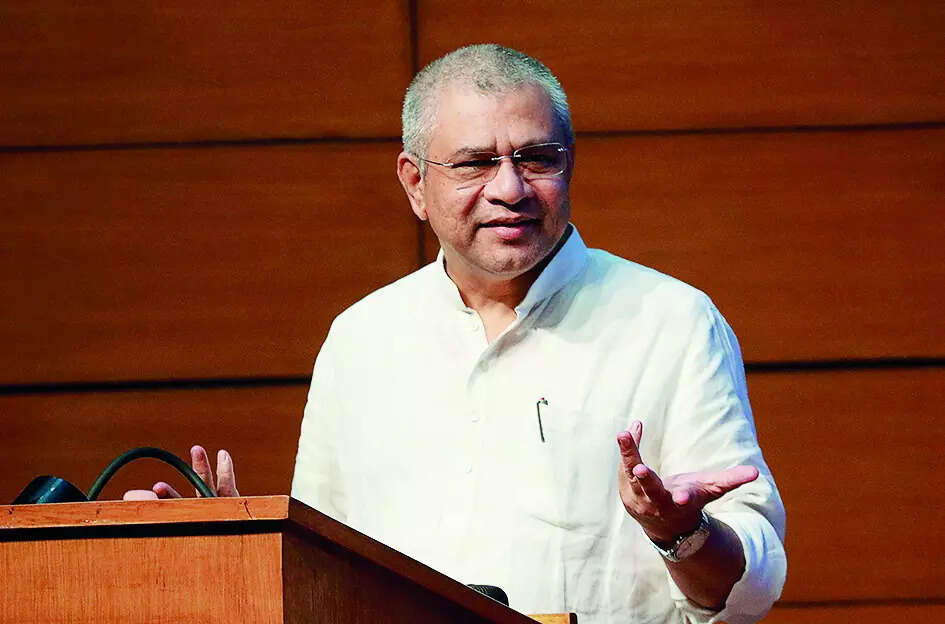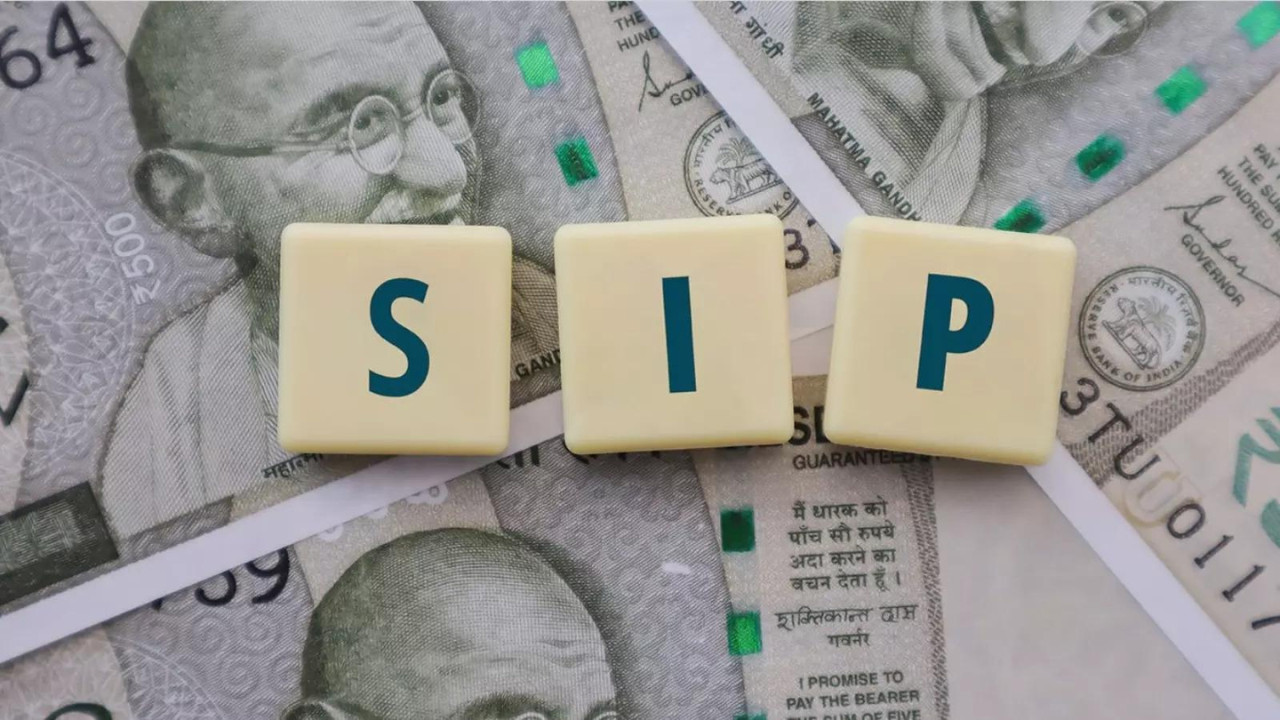The Dawn of Desi Chips: India’s Semiconductor Dream Takes Shape
For years, the promise of India becoming a semiconductor powerhouse has lingered on the horizon. We’ve watched other nations race ahead, churning out the tiny powerhouses that fuel our digital lives. But now, the wait might finally be over. The first indigenously manufactured chip is poised to roll off the production line soon, marking a pivotal moment in India’s technological journey. This isn’t just about national pride; it’s about strategic autonomy and economic growth.
Think about it: nearly every device we use, from smartphones and laptops to cars and washing machines, relies on semiconductors. Currently, India relies heavily on imports, making it vulnerable to global supply chain disruptions and geopolitical tensions. A domestic semiconductor industry promises resilience and control over a crucial technology.
A Giant Leap Towards Semiconductor Self-Sufficiency
Union Minister Ashwini Vaishnaw recently shared the exciting news, emphasizing the rapid progress being made in establishing a comprehensive semiconductor ecosystem within the country. This isn’t a solo venture; it’s a concerted effort involving government initiatives, private sector investments, and academic collaborations. The goal is not just to assemble chips, but to design, manufacture, and package them right here in India.
The significance of this achievement cannot be overstated. It’s a testament to India’s growing capabilities in advanced manufacturing and technological innovation. A homegrown semiconductor industry will attract further investment, create high-skilled jobs, and drive economic growth across various sectors.
Beyond the Hype: Building a Sustainable Ecosystem
While the imminent arrival of the first made-in-India chip is undoubtedly cause for celebration, the real challenge lies in building a sustainable and competitive semiconductor ecosystem. This requires more than just a single factory; it demands a robust supply chain, a skilled workforce, and continuous investment in research and development.
![]()
Fortunately, the government is actively working on addressing these challenges. Initiatives like the Production Linked Incentive (PLI) scheme offer financial incentives to companies setting up semiconductor manufacturing facilities in India. Furthermore, efforts are underway to train and upskill the workforce, ensuring that India has the talent pool needed to support a thriving semiconductor industry. Learn more about India’s tech policy and advancements.
The Global Implications of India’s Semiconductor Ambitions
India’s entry into the semiconductor manufacturing arena has global implications. It diversifies the global supply chain, reducing reliance on a few dominant players. This can lead to greater stability and resilience in the face of geopolitical uncertainties. Furthermore, India’s large and growing domestic market provides a significant advantage for companies manufacturing chips within the country.
Moreover, a thriving Indian semiconductor industry can foster innovation and competition, leading to better and more affordable technologies for consumers worldwide. It opens up opportunities for collaboration and partnerships with international companies, further accelerating the growth of the global semiconductor market.
What the Future Holds for Indian Semiconductors
The launch of the first made-in-India chip is just the beginning. The journey towards establishing a fully integrated and globally competitive semiconductor industry will require sustained effort, strategic planning, and unwavering commitment. But the potential rewards are immense.
India has the potential to become a major player in the global semiconductor market, driving economic growth, creating jobs, and enhancing its technological capabilities. This is not just about building chips; it’s about building a future where India is a leader in innovation and technology. The road ahead may be challenging, but the first step has been taken, and the momentum is building. The future looks bright for India’s semiconductor dream.
The unveiling of the first Indian-made semiconductor marks a significant milestone, proving the nation’s capacity for technological self-reliance and innovation in the critical technology sector. As India continues to nurture its semiconductor ecosystem, we can anticipate a ripple effect, fostering advancements across industries and solidifying its position on the global technology stage.







